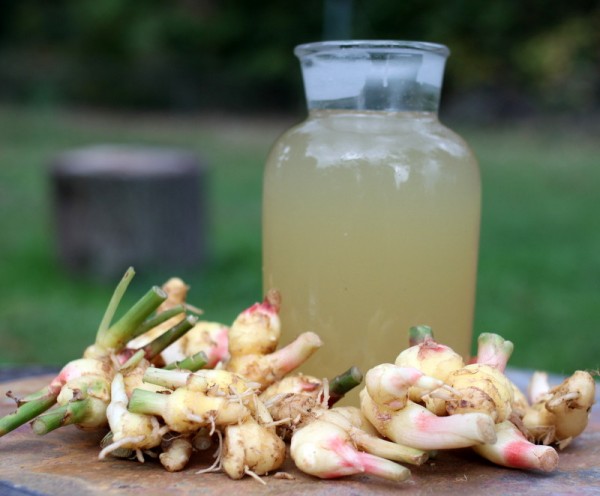 It's baby ginger season again!
It's baby ginger season again!
Swainway Urban Farm is harvesting several dozen pounds of Hawaiian baby ginger each week. Unlike the grocery store stuff, fresh young ginger doesn't need to be peeled and has a pleasant crisp texture when raw. The flavor is complex and well-rounded with an alluring floral aroma.
I enjoy chopped pieces raw in stir fry or soup. A savored slice settles the stomach while making me feel alert*. Sadly, fresh ginger doesn't last long (though you can freeze it) and some members of my family don't like it raw.
So what else can I do to enjoy the delicate aroma and mild flavor? How about syrup?
I started by making a very strong tea of simmered roughly chopped pieces (including the stems and roots). To sweeten, I added raw local honey, a healthy, immune-boosting sugar*, after the tea cooled.
The resulting ginger raw honey syrup is the best thing I've made in months. It is sweet, flowery, and soothing. I 'prescribed' a shot in tea to Alex when he was complaining of an upset stomach*. Combined with soda water, the syrup makes top-notch ginger ale. And I can attest it pairs well with rum and whiskey.
I estimate this syrup will last in the fridge for at least a month. I'll report back on experiments with canning and fermenting some to further extend the shelf life through the winter cold and flu season.
In the meantime, find some baby ginger at the Clintonville Farmers' Market and make this healthful* and tasty syrup for yourself.
Ginger Raw Honey Syrup
Makes: 3-4 cups Time: 45 minutes
2 cups scrubbed fresh baby ginger, chopped 4 cups water 3/4-1 1/2 cups raw local honey, to taste
1. Gently simmer ginger and water in a heavy bottomed pan for 30 minutes. Allow to cool to room temperature. 2. Pour ginger tea through a strainer to discard ginger pieces. 3. Add honey and stir vigorously. 4. Store in the refrigerator. Use as a base for ginger ale, cocktail mixer, addition to hot tea, or sip as a health tonic*.
*Health-related statements have not been approved by the Food & Drug Administration, who is shutdown and can't approve anything right now. Cultures around the world have eaten ginger and honey in various forms to treat a multitude of symptoms so I defer to their wisdom and my personal experience.

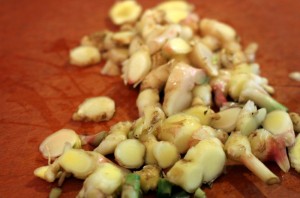
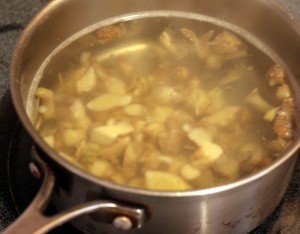
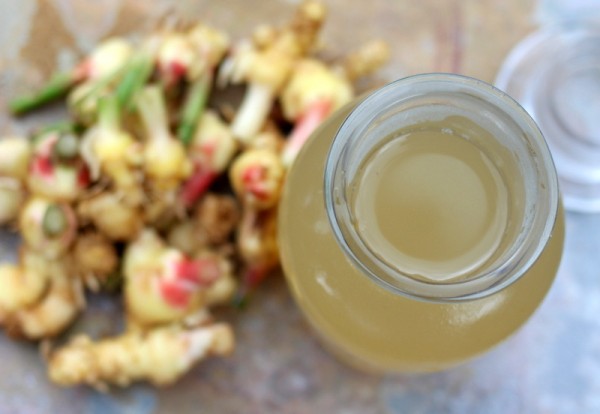
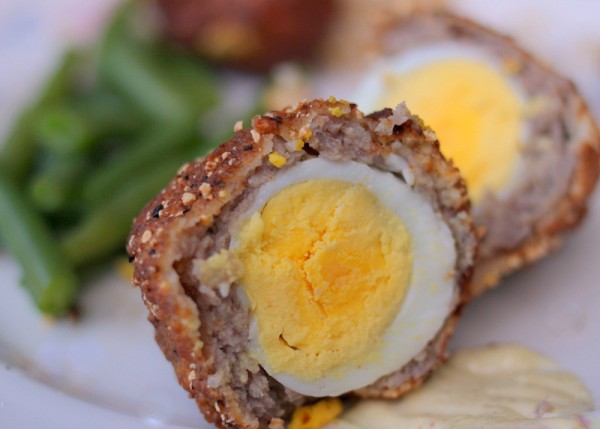
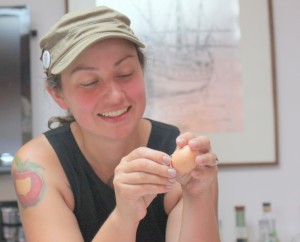

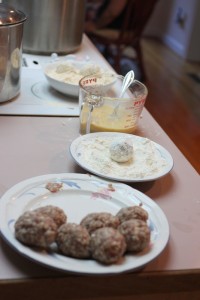
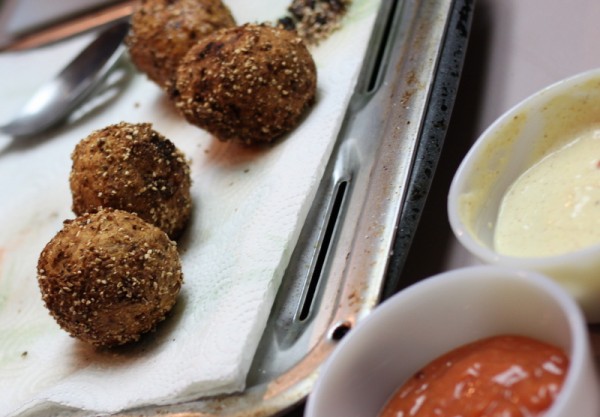
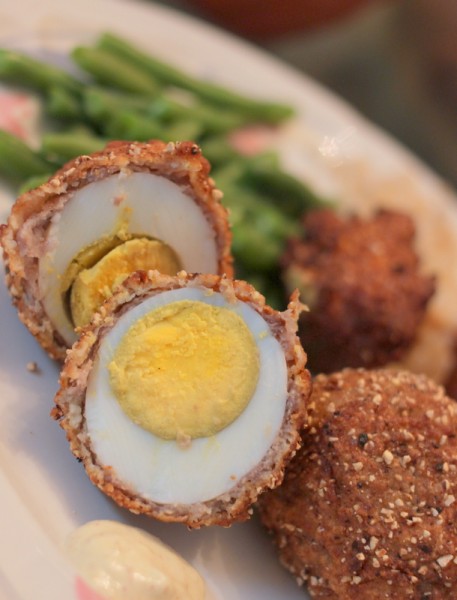
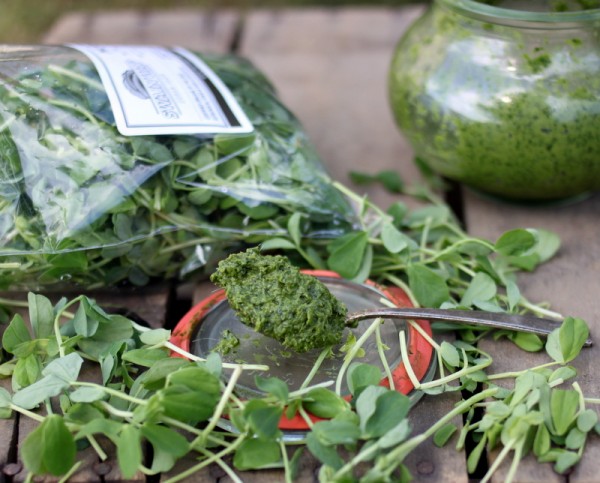
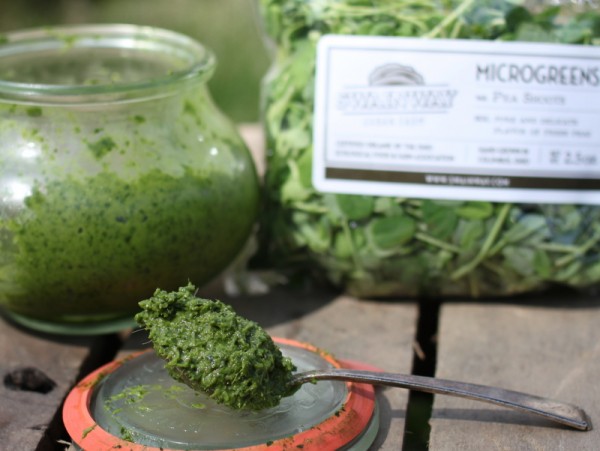



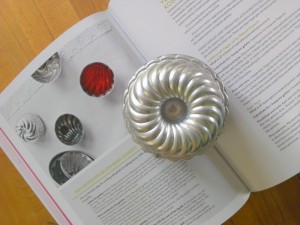

 Far from the stodgy, box-mix recipes of the 70s,
Far from the stodgy, box-mix recipes of the 70s, 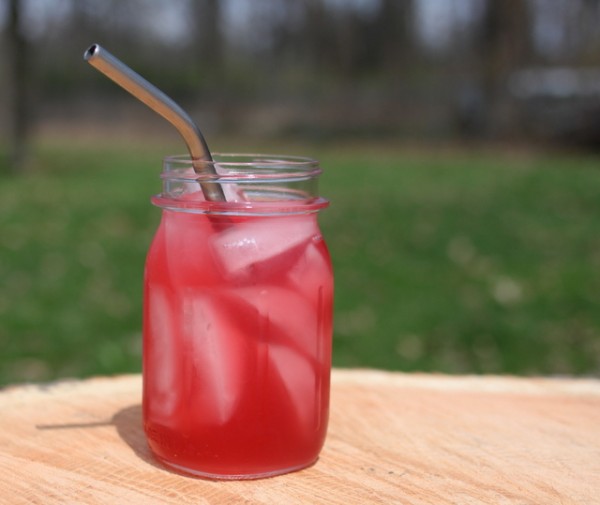
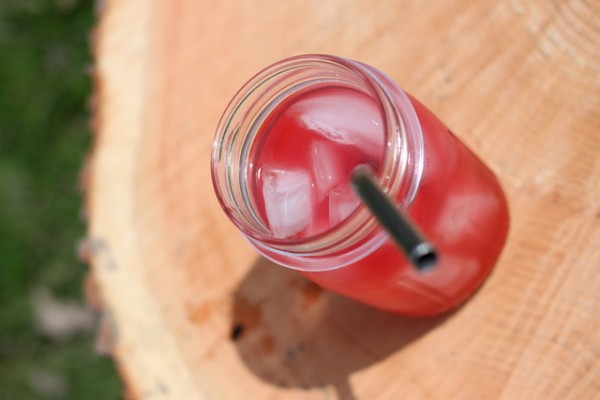
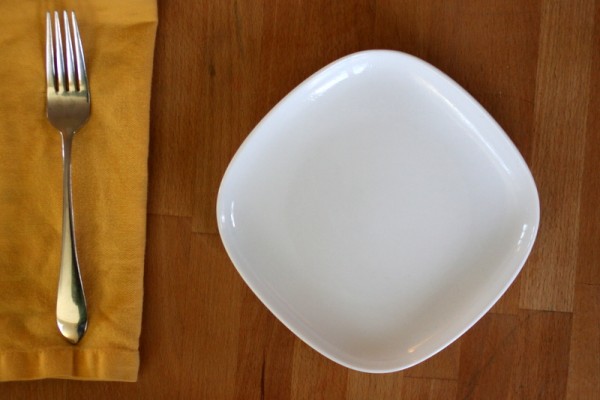

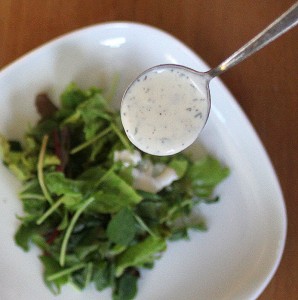

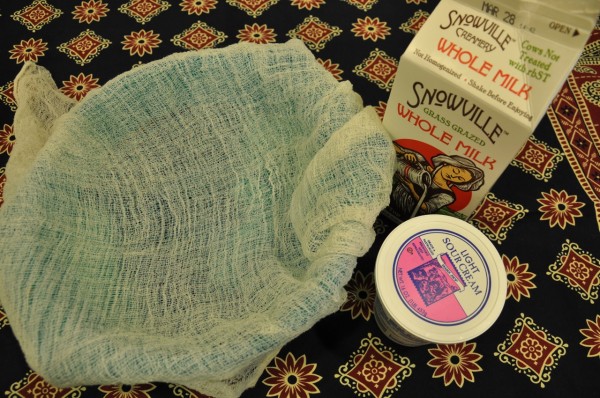
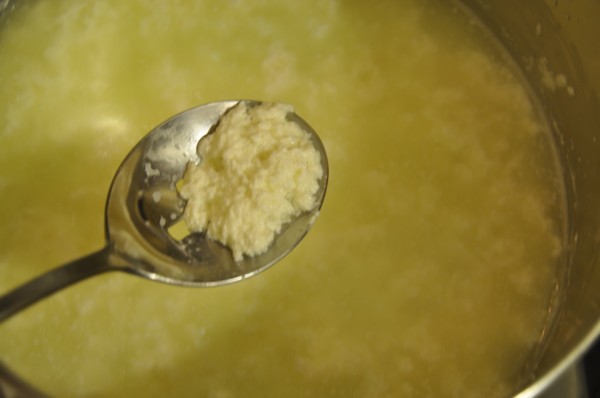
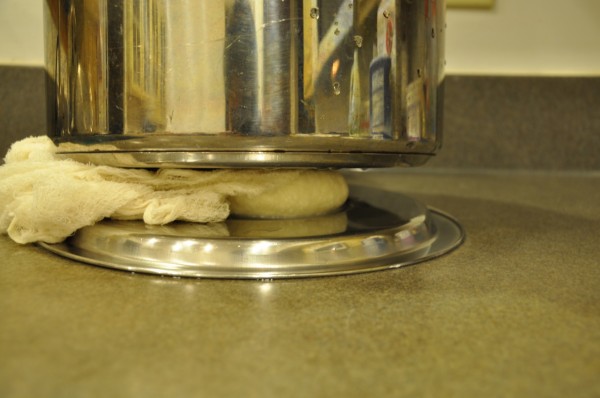
 by Neelam Batra.
by Neelam Batra.